Explore the best places
Heritage in Portugal
Museu Casa do Arco
- heritage
Largo Dr. José Luís Conceição Silva, 18
7960, Vila de Frades
The Casa do Arco Museum is a museum center created within the scope of the program to enhance the Roman Ruins of São Cucufate, which is why its collection presents a selection of some of the archaeological materials collected in the interventions carried out, from prehistory to XVIII century.
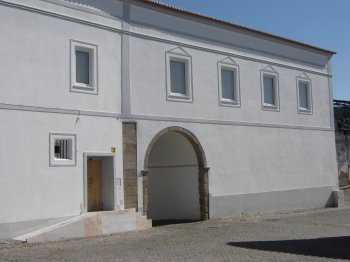
Villa Romana de São Cucufate / Ruínas do Convento de São Cucufate / Ruínas de Santiago
- heritage
Vila de Frades
7960, Vila de Frades
Also known as ruins of Santiago, it was initially a Roman villa with origins from the 1st century, altered in the first half of the 2nd century and destroyed in the 4th century, to make way for the building visible today. In the Middle Ages it was the Convent of the Military Order of Santiago, having been abandoned in the 16th century. The central body is framed by two symmetrical turrets that give it great monumentality.
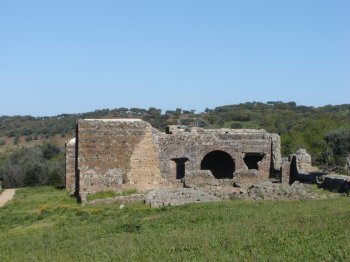
Casa de Fialho de Almeida
- heritage
Largo Fialho de Almeida, 2
7960-423, Vila de Frades
Dr. José Valentim Fialho de Almeida, novelist and pamphleteer, was born in this house on May 7, 1857. Fialho de Almeida, in addition to being an illustrious critic, was also the strongest and most original prose writer of his generation. He passed away on March 4, 1911. Two tombstones were placed in this house in memory of Fialho de Almeida: the first on August 1, 1926 and the second on May 7, 1957.
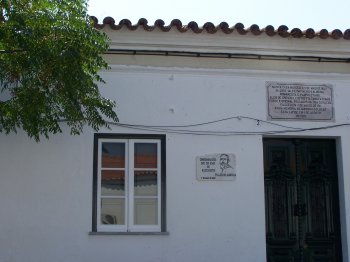
Museu Municipal de Vidigueira
- heritage
Largo Vasco da Gama, 1
7960-225, Vidigueira
Museum housed in the former primary school building. It consists of two different exhibition sections, one inspired by the building's environment and referring to the history of primary education in the county from the inauguration of the primary school in 1884 until its closure in 1991, the other section, which addresses the 20th century from the 30s.

Rua do Algarve
- heritage
Rua do Algarve
7960, Pedrógão
This street, as well as others in Pedrógão, present a type of construction unusual in Alentejo. Here, perhaps taking advantage of the geological characteristics of the place or the surrounding area, some houses are built with large stone blocks as an integral part of the construction, thus creating a very attractive and interesting setting.
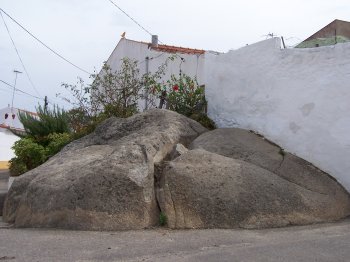
Antigo Castelo da Vidigueira do Paço dos Gamas
- heritage
Rua do Castelo
7960-254, Vidigueira
Roman fortification, rebuilt by the Moors and transformed into a medieval castle. Completely destroyed by the Christian Reconquest, it was rebuilt in 1439 by the House of Bragança. Later, the Paço dos Gamas was built here, of which only a few ruins and the clock tower survive.
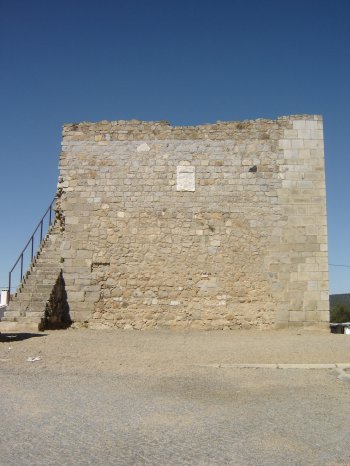
Casa da Tapada
- heritage
Avenida Sá de Miranda, 150
4720-464, São Miguel de Fiscal
Manor house built in the late 15TH century and subsequently modified and expanded during the 17th and 18th centuries. Has three terraces supported by walls and ornamented by staircases and sources. This House was the residence of poet Sá de Miranda.

Igreja da Misericórdia do Monsanto
- heritage
Largo da Misericórdia
6060-091, Idanha-a-Nova
Mannerist church built in the 16th century, with a longitudinal plan consists of a nave and a sacristy and annex adossados, with a Bell Tower on the outside. In the interior, especially the pulpit on the side of the Epistle.
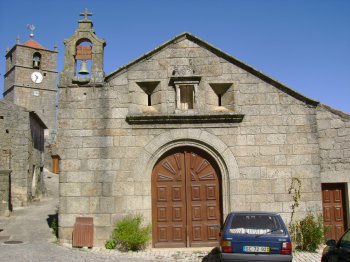
Igreja Nossa Senhora dos Milagres
- heritage
IC8
3270, Pedrógão Grande
Isolated church, reachable through the grand staircase that precedes it. In its composition is a nave, the chancel with bell tower and sacristy. It was rebuilt in the 19th century.
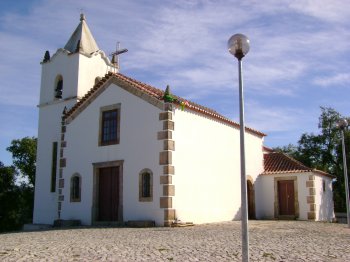
Igreja da Misericórdia de Pedrógão Grande
- heritage
Largo da Devesa
3270-101, Pedrógão Grande
Temple with a 17th-century façade topped by a niche with a stone sculpture of the virgin. It has a nave and chancel. The main altar features an altarpiece in Mannerist carvings. The porch beside the church gives access to the body of services.
